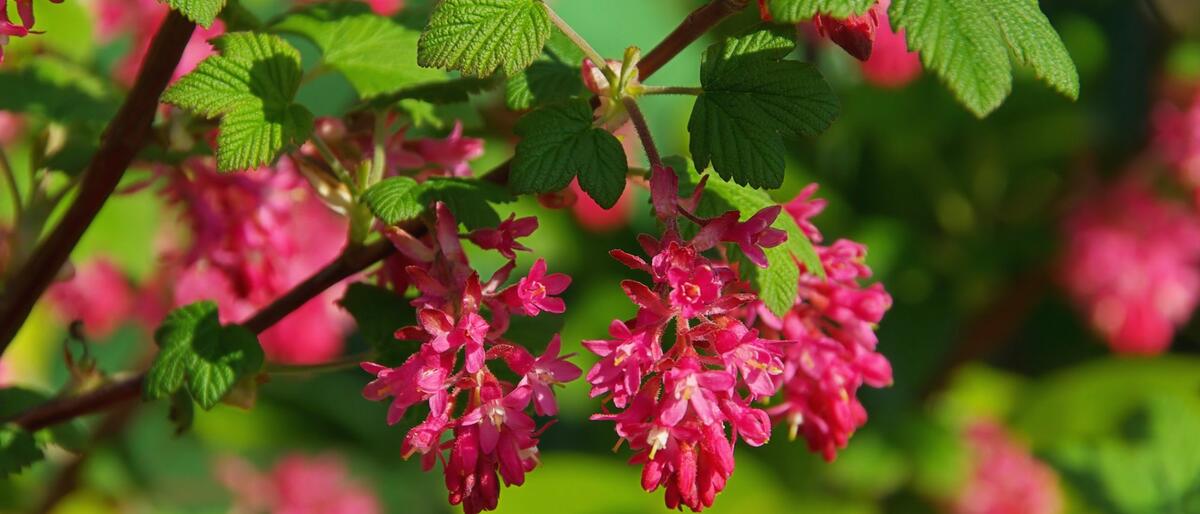4 Creative Ways to Xeriscape


Xeriscape is a landscape that requires very little water using practices that conserve water. We see many people let their yards go brown and die off in the summer - this doesn't need to happen in order to save water. You can have a beautiful lush yard while being earth-friendly. Not only does xeriscaping conserve water it also reduces maintenance. Below are some creative ways you can xeriscape your space.
Using native plants in your landscape greatly reduces the amount of water you need to keep these plants lush. Native plants are perfectly adapted to our climate in Oregon. It is important to note that all native plants still need frequent watering when first planted; however, after root establishment, most don't need regular watering.
Mulch is a wonderful addition to any landscape and provides many benefits. For instance, mulch moderates moisture by cooling root systems in the summer and warming them in the winter. Mulch also controls weeds and adds important nutrients to the soil as it decomposes.
Many xeriscape consultants may say it's essential to minimize or eliminate lawn to save water. It's true, limiting lawn size with a standard irrigation system greatly reduces water use; however, a sub-drip system reduces water consumption by up to 90%. It does this by providing water directly to the root system, eliminating evaporation and water waste. Furthermore, in general, sub-drip systems need less maintenance. In traditional systems, rotor heads fall out of adjustment, get damaged, filters often clog, and heads get covered by soil. All of this is eliminated in a sub-drip system!
Permeable hardscapes allow rainwater to soak through to surrounding soil rather than flow into the sewer systems. These types of surfaces eliminate the need for drainage systems that come with high installation costs. Permeable hardscapes are a simple and effective way to conserve water and reduces stormwater drainage.